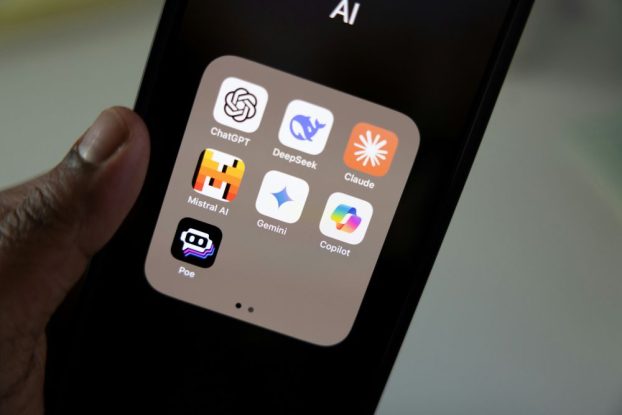Only serious gamers would sit through a 30-minute video detailing the rules of a highly strategic – and totally fictitious – board game.
But that’s precisely what Quebec’s lottery and gaming corporation was hoping when it launched a campaign promoting “Boîte à bingo,” its new bingo-themed scratch board game, with a half-hour social spot featuring Quebec comedians Dave Bélisle and Julien Corriveau.
The French-only video begins with a quick run-through of the rules for “Boîte à bingo,” which includes five scratch tickets and can be played with up to eight people, with a winner in every box. It then quickly turns to what the hosts describe as party-night option number two: Frontières et Territoires, a vastly complex strategy board game set during World War II that requires painstaking description.
Board game culture is experiencing a resurgence in Quebec, says Janie Thériault, director of marketing communications, web and social media at Loto-Québec, and the gaming corporation doesn’t typically speak to young game enthusiasts in the 18 to 34 age bracket. So it asked agency Cossette to come up with a way of reaching the demo.
[iframe_youtube video=”5rZjIRqWOFk”]
Thériault says the result was a campaign that positions “Boîte à bingo” as simple and fun to play – at least when compared to the growing number of sophisticated board games in the market. While many people now spend hours studying games or watching tutorials on YouTube before getting started, the thinking was many would prefer a simple alternative, like bingo.
Cossette took the assignment seriously. It conceptualized Frontières et Territoires – which resembles popular-yet-complicated games like Settlers of Catan and Paths of Glory – from scratch, designing the game, 1,145 original pieces and figurines (including a few jeeps, submarines and a legion of dragons), then wrote a 20-page script that was shot in two takes. The agency estimates the game, played through, has an average duration of 50 hours to five years; it comes with a dozen alternative scenarios, including a space conquest.
Going all-in with the original board game idea was a matter of bringing the campaign to “a whole new level,” says Hugo Fournier, director and strategy lead at Cossette. “By crafting the fake board game properly, we were able to fuel the conversation around our hypothetical game even more.”
The play did more than act as a conversation starter, which is “crucial for a social media-driven product launch,” he says. It was also a matter of staying true to the genre and to Loto-Québec’s brand focus on entertainment (Fournier says this was achieved by including a “crescendo” within the 30-minute script to keep viewers engaged).
The approach has so far resonated with Loto-Québec’s target audience. The video has been viewed more than 435,000 times and, posted on Facebook, has generated more than 3,000 engagements (above the 650-per-post average for other content on its page).
Thériault says the company expected many viewers would watch the video in small bites, skipping to the end or to other sections to see whether the video was just a ruse. But 15,000 people have viewed the video in its entirety, according to Cossette. Many have even started debating the rules of Frontières et Territoires online and with Loto-Québec community managers, which Thériault interprets as their attempt to play along.
























